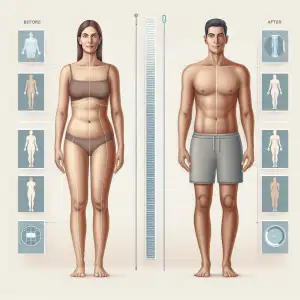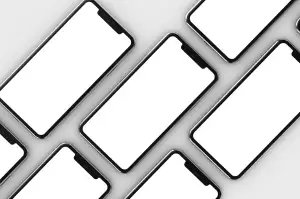Asian Eyes Before and After: Surgical Transformations
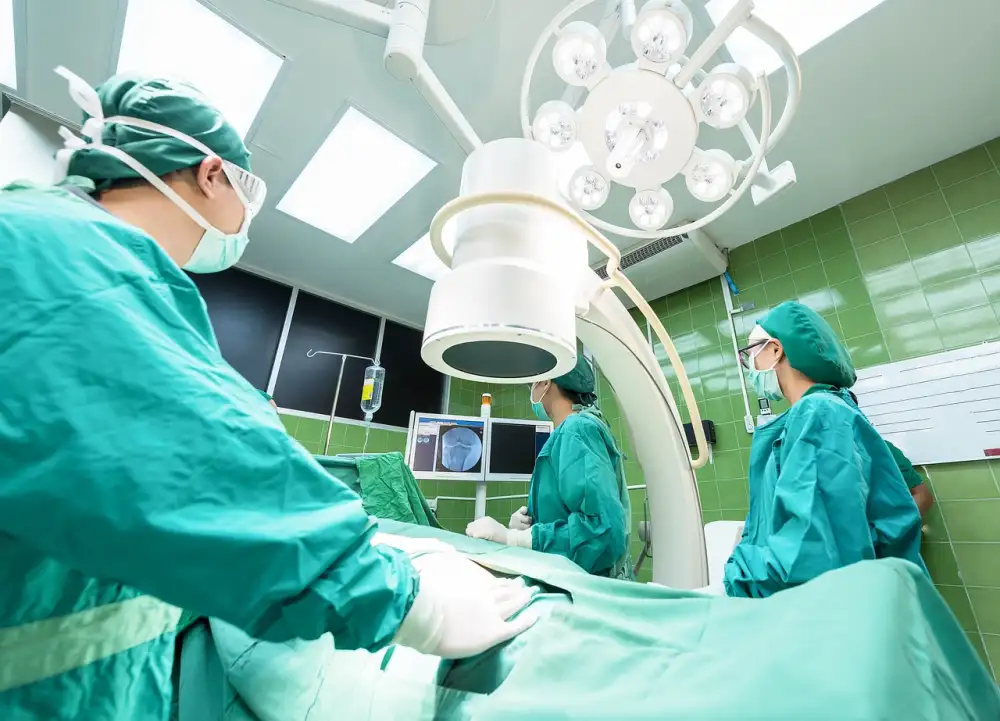
Understanding Asian Eye Anatomy
Asian eyes, a beautiful and diverse feature, often possess unique anatomical characteristics. One notable aspect is the presence of an epicanthal fold, a skin fold extending from the upper eyelid to the inner corner of the eye. This fold can vary in prominence, creating the appearance of a smaller or narrower eye opening. Additionally, the position of the eyelid crease, which is the fold that separates the mobile eyelid from the upper eyelid skin, can differ. In some individuals, the crease may be absent or less defined, while in others, it may be higher set. Furthermore, the amount and distribution of fat around the eyes can also contribute to the overall shape and appearance. Understanding these anatomical variations is essential for appreciating the diversity and beauty of Asian eyes.
Common Surgical Procedures
Some of the most frequently performed surgical procedures include cataract surgery to remove and replace a clouded eye lens. Another common procedure is a coronary artery bypass graft, often referred to as bypass surgery or CABG. This procedure is used to treat coronary artery disease. Cesarean sections, or C-sections, are frequently performed surgical procedures. A C-section is a surgical procedure used to deliver a baby through an incision in the abdomen and uterus. Joint replacement surgeries, such as hip and knee replacements, are common, especially among older adults experiencing joint pain and mobility issues.
Realistic Expectations and Recovery
It's important to remember that healing is not linear and setbacks are a normal part of the process. Be patient with yourself and celebrate small victories along the way. Recovery is an ongoing journey, not a destination. Focus on progress, not perfection. It's okay to have good days and bad days. Don't be afraid to ask for help when you need it. Surround yourself with a supportive network of friends, family, or a therapist. Remember that you are not alone, and there are people who care about you and want to see you succeed.
Potential Risks and Complications
While generally considered safe, this procedure is not without potential risks and complications. These can include infection, bleeding, allergic reaction to anesthesia, or dissatisfaction with the aesthetic outcome. More serious but rarer complications might involve nerve damage, scarring, or the need for revision procedures. It's crucial to discuss your medical history, any allergies, and current medications with your doctor to minimize risks. A thorough consultation will help you understand the potential downsides and make an informed decision.
Choosing a Qualified Surgeon
Selecting the right surgeon is crucial for a successful outcome. Begin by seeking recommendations from your primary care physician, trusted friends, or family members. Research potential surgeons' credentials, board certification, and experience in the specific procedure you require. Look for surgeons who are board-certified, indicating they have met rigorous standards. Consider their experience level, particularly with your specific condition and procedure. It's also essential to feel comfortable with your surgeon. Schedule consultations to discuss your concerns, ask questions, and gauge their communication style and bedside manner. Trust your instincts and choose a surgeon who instills confidence and provides clear explanations.
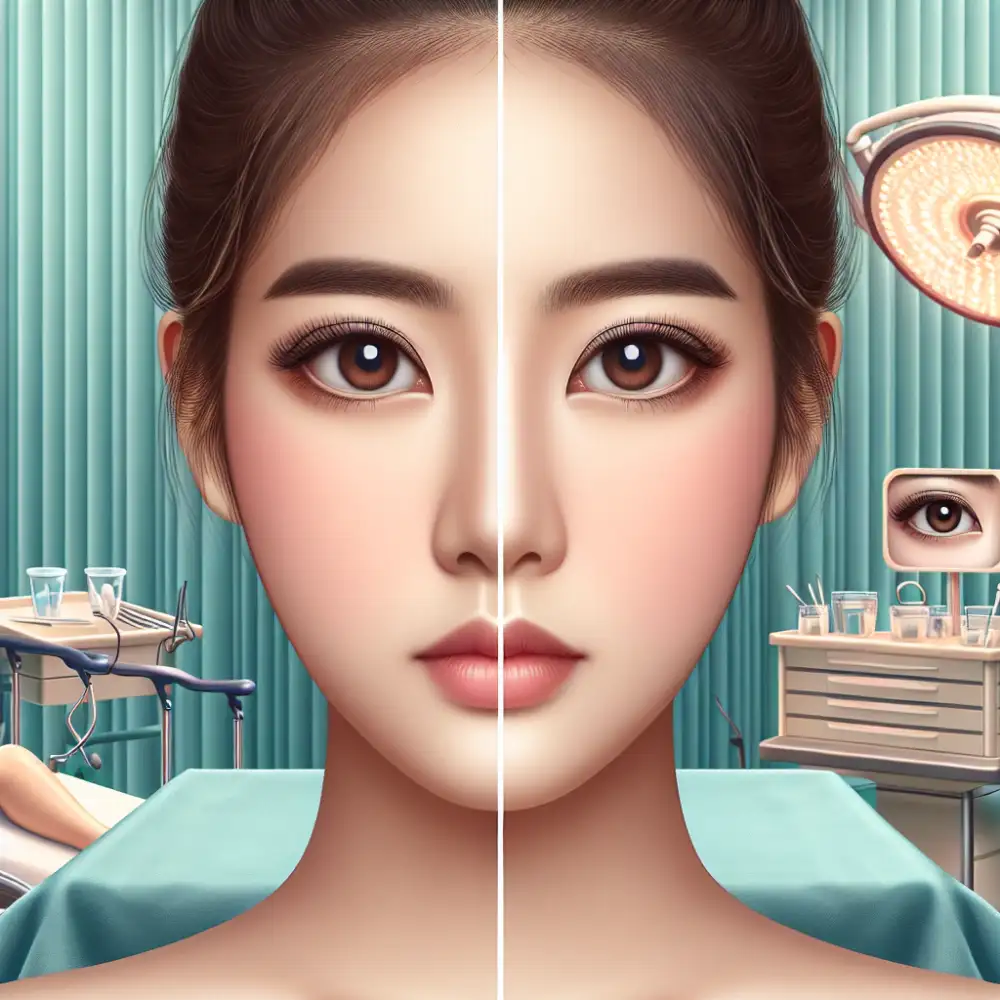
Before and After Photo Gallery: Ethical Considerations
Before and after photos can be powerful motivators, but it's crucial to consider the ethical implications. First and foremost, ensure you have explicit consent from individuals to share their images, especially when dealing with sensitive topics like weight loss or cosmetic procedures. Respect their privacy by obscuring any identifying features if consent for full disclosure isn't given. Avoid showcasing extreme transformations that could promote unrealistic expectations or fuel body image issues. Focus on showcasing healthy progress and emphasizing that individual journeys are unique. Transparency is key: clearly state any editing techniques used and avoid misrepresenting results. Remember, honesty and respect should always guide your use of before and after photos.
Importance of Informed Consent
Informed consent is crucial for ethical and respectful healthcare. It means patients understand their condition, treatment options, potential benefits, and risks before making decisions. This process empowers individuals to actively participate in their healthcare journey, fostering trust and collaboration with their providers. When patients are fully informed, they can make choices aligned with their values and preferences, leading to greater satisfaction and better health outcomes. Respecting autonomy and ensuring patient understanding are cornerstones of ethical medical practice, making informed consent a fundamental principle.
Embracing Natural Beauty
In a world obsessed with unattainable beauty standards, embracing your natural self is a revolutionary act. It's about recognizing the unique beauty you possess and celebrating it. Forget the pressure to conform to unrealistic ideals portrayed in media. True beauty lies in authenticity, in the raw and unfiltered version of yourself.
Start by appreciating your natural features, whether it's your curly hair, freckles, or the shape of your eyes. These are the things that make you, you. Nourish your body with healthy foods and regular exercise, not to achieve a certain size, but to feel strong and energized. Embrace your imperfections, for they tell a story of resilience and individuality.
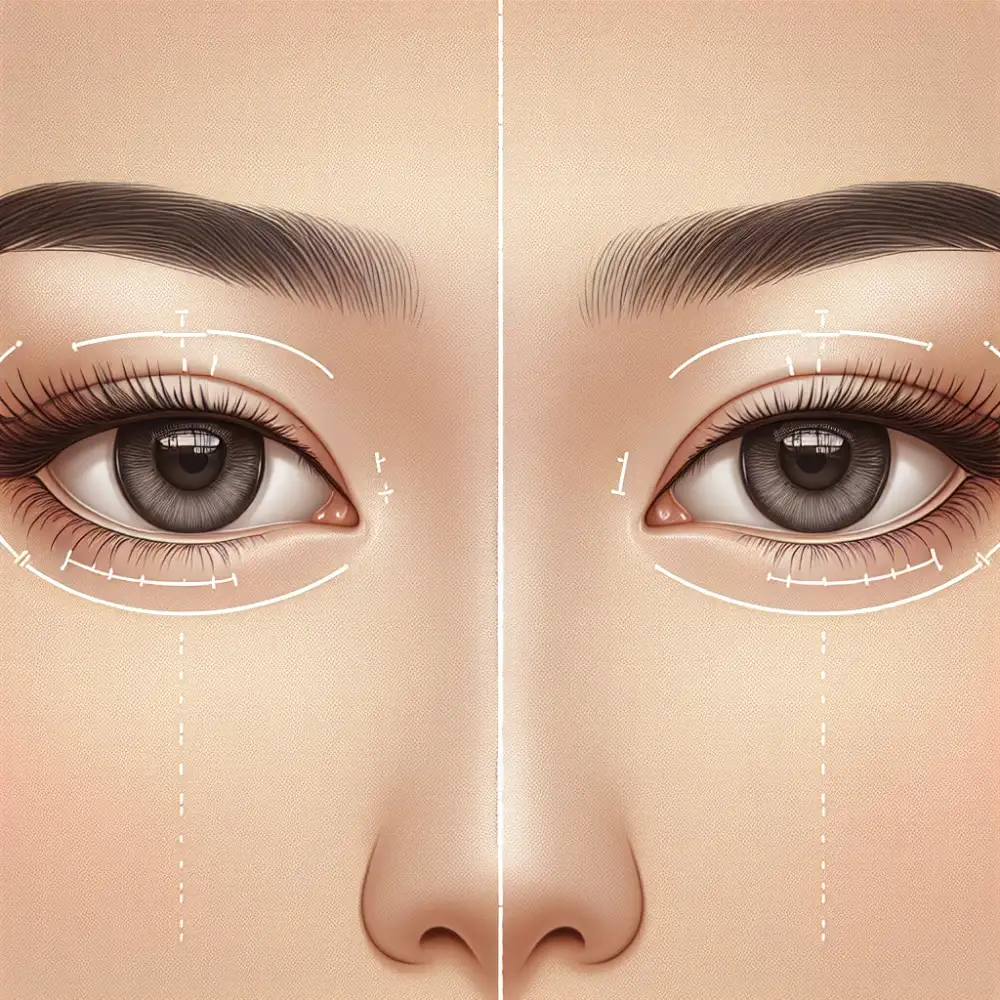
Remember, beauty is not a destination, but a journey of self-acceptance and love. It's about feeling comfortable and confident in your own skin. So, let go of the need for external validation and embrace the beauty that radiates from within.
Published: 13. 06. 2024
Category: Health

